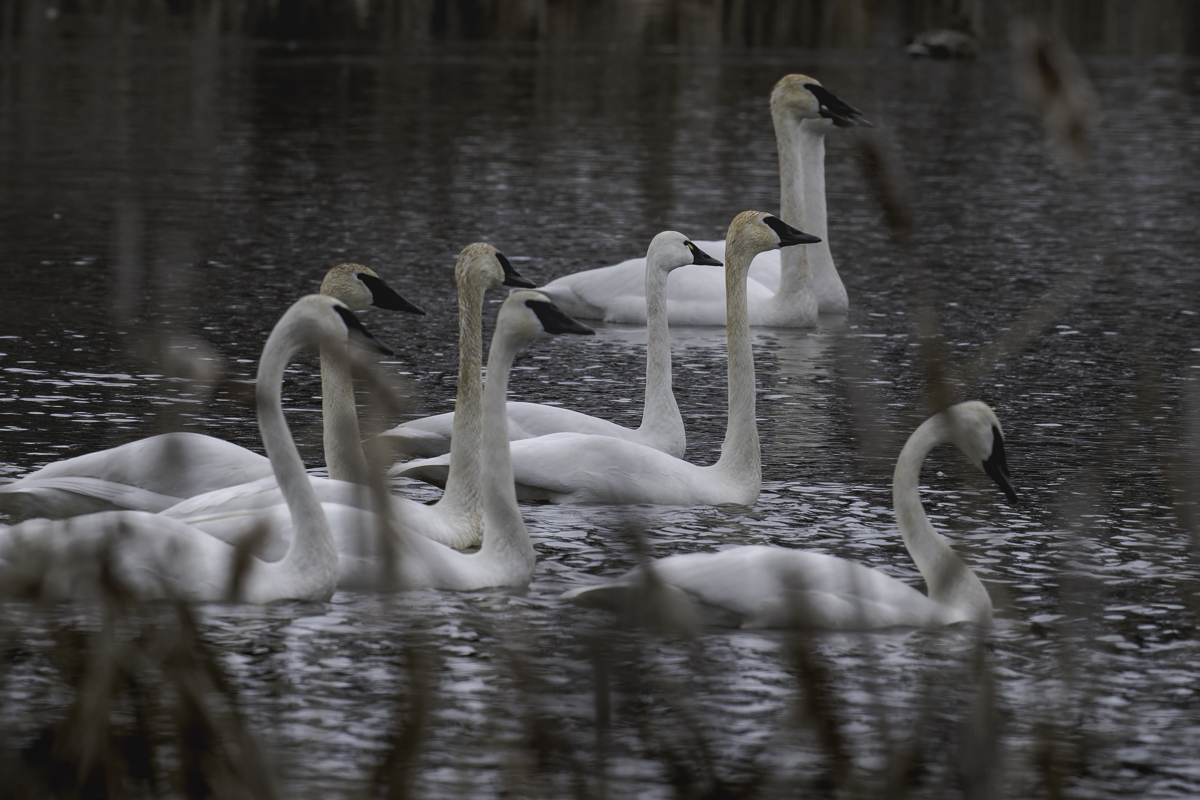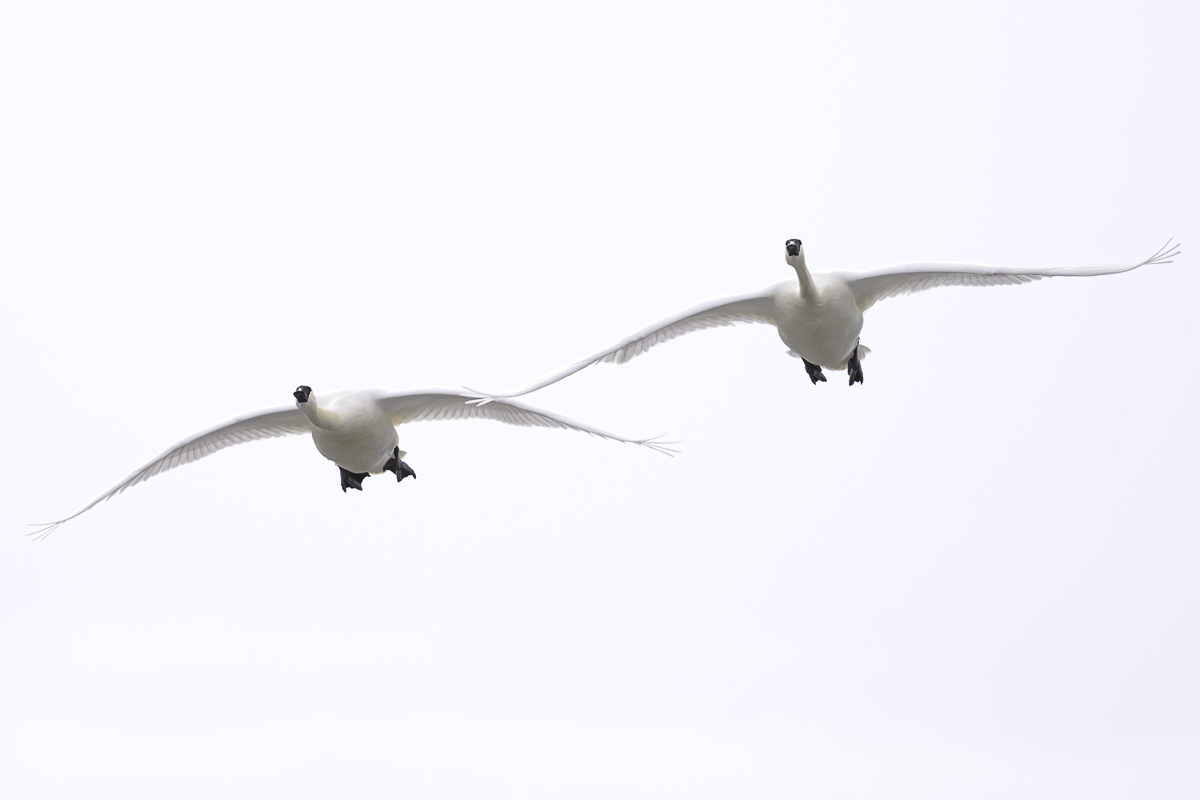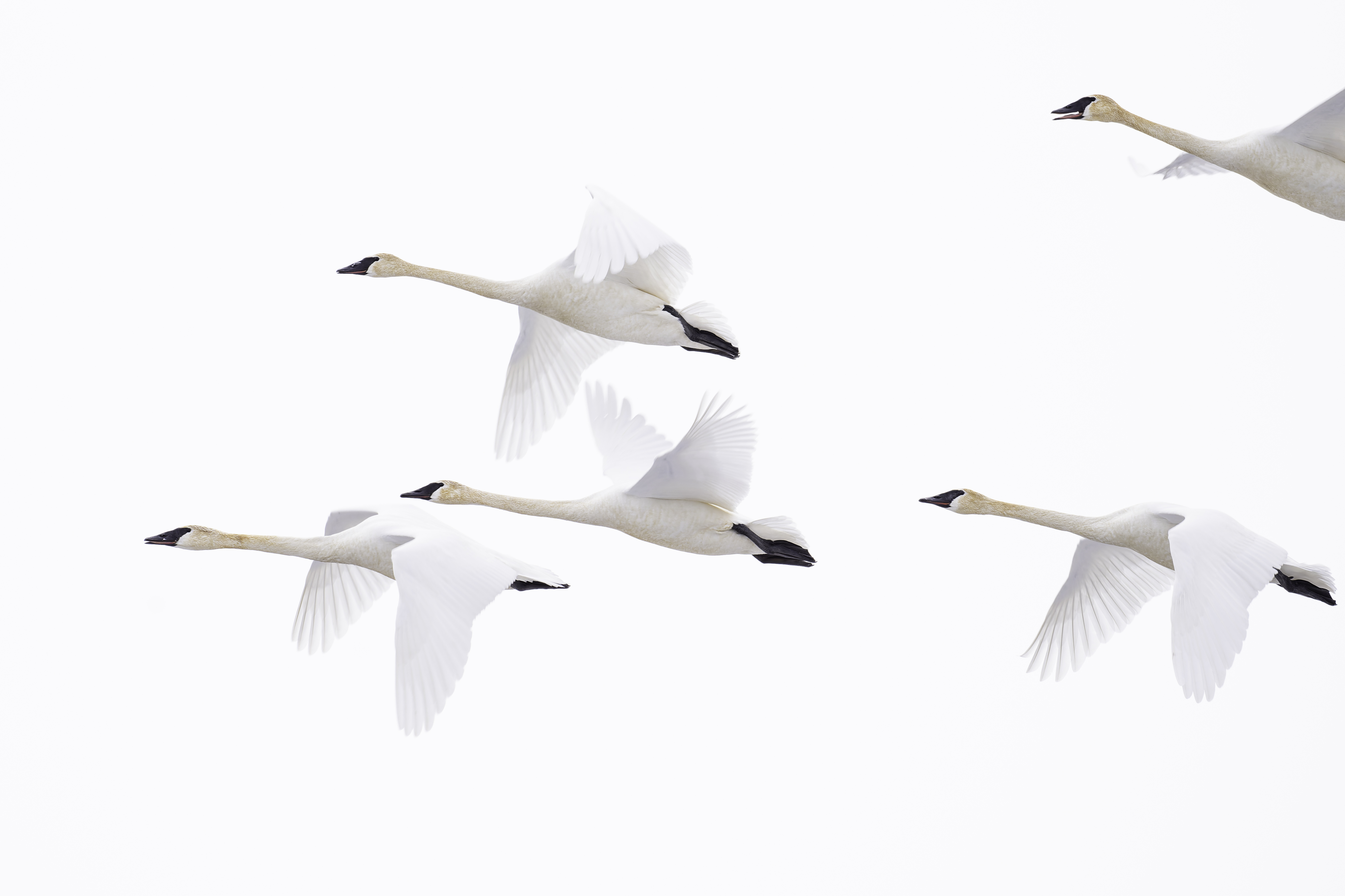
A photographer friend of mine was staying at my place after attending a snow coach photography tour in Yellowstone on her way to Richland. We always share some of our favorite places to photograph with each other during these visits. We go on some great adventures! This time, we only had one day for photography and it was the end of Winter. It’s probably the worst time to lead a photography tour here. I was worried all we’d see were juncos but we set off to Turnbull, hoping to at least find a porcupine, maybe even a moose…
Turnbull National Wildlife Refuge is in Cheney, about an hour from me. The property is more than 23,000 acres (9,308 ha) in size, with about 7%, or 3,300 acres (1,335 ha) open to the public. It’s a beautiful area made up of wetlands, grasslands, and pine forests. It’s home to moose, and a great place for migrating waterfowl to rest up before continuing their journey along the Pacific Flyway and inviting enough for some birds to take up residence.
Turnbull has a 5 mile (8km) gravel auto loop that takes people along the fringe, leaving the middle open for hikers. During the week, I’ll head out there and use my car as a blind. Even though I’d rather be hiking, I find the birds and moose easier to photograph from my car because they don’t get spooked. When I’m walking about, I don’t see as much, even though I think I’m being quiet. The exceptions have occurred when I’ve brought a chair to sit on, or find a comfortable rock, and waited. During those times, I’ve been rewarded with a visit by a long-tailed weasel and I’ve witnessed raptors hunting during the red-winged blackbirds nesting season, which was fascinating. On the weekend, it can get packed and stopping along the auto loop for extended periods of time can cause line-ups of cars, especially if they notice my camera.
As predicted, the refuge was quiet when we pulled in. It would be a good while before bluebirds returned, buttercups blossomed, and waterfowl filled the newly thawed lakes. Yet, as we unloaded our car at a trailhead, I heard sounds I had never heard before. The trails were still covered in ice and snow, but I raced to a better viewpoint and saw Trumpeter Swans—plural! Turnbull has a resident pair, which I love to watch in the summer, but I had never before seen a group of them. My heart was in my chest! I felt so excited and happy to see such a gathering of brilliant white and to hear their trumpets!
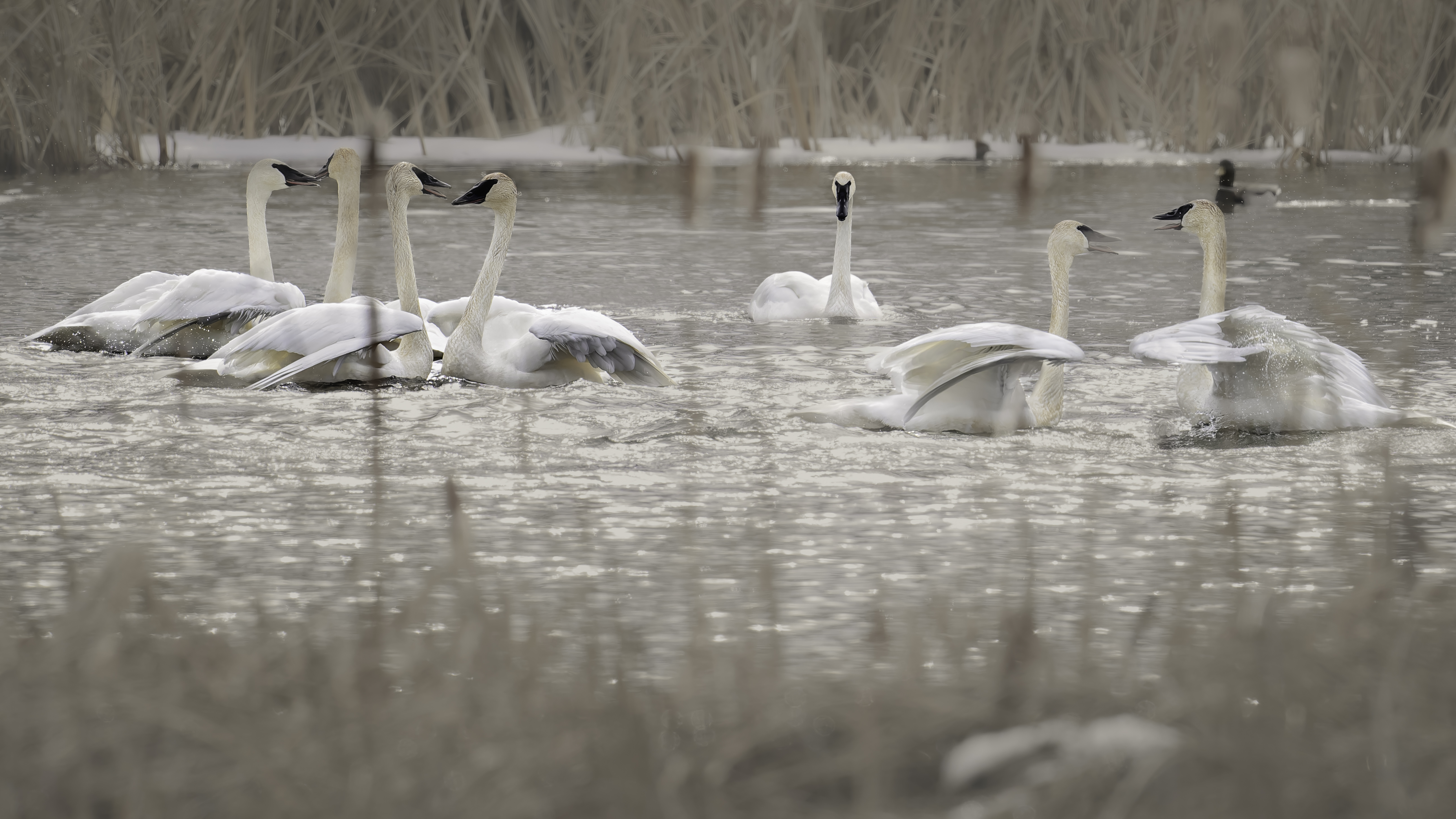
My friend went around the bend, and I hung out under a tree with a view through the cattails as the scene unfolded before me. I didn’t want to risk scaring them away.
A Short Natural History About Tundra Swans
Trumpeter swans prefer marshes and shallow waterways where people infrequent, but with most of the lakes frozen at Turnbull, they were congregating in one of the few that had thawed, which happened to be very close to where we parked. It was awe inspiring to be so close to these large and beautiful birds as they greeted each other with loud trumpets, head bows, and flapping, outstretched wings. Then, out of the West, more came flying in. I couldn’t believe our luck!
Trumpeters, who are North America’s largest waterfowl, can weigh more than 25 pounds with wingspans that can extend 8 feet! Most of the swans appeared to be in pairs. Many form pair bonds when they are around three or four years old and are often seen together, even outside of their mating season. Adults have beautiful white plumage and sport huge black webbed feet and a large black bill. Juveniles are gray, with a rosy pink belly, and have dappled pink and gray feet.
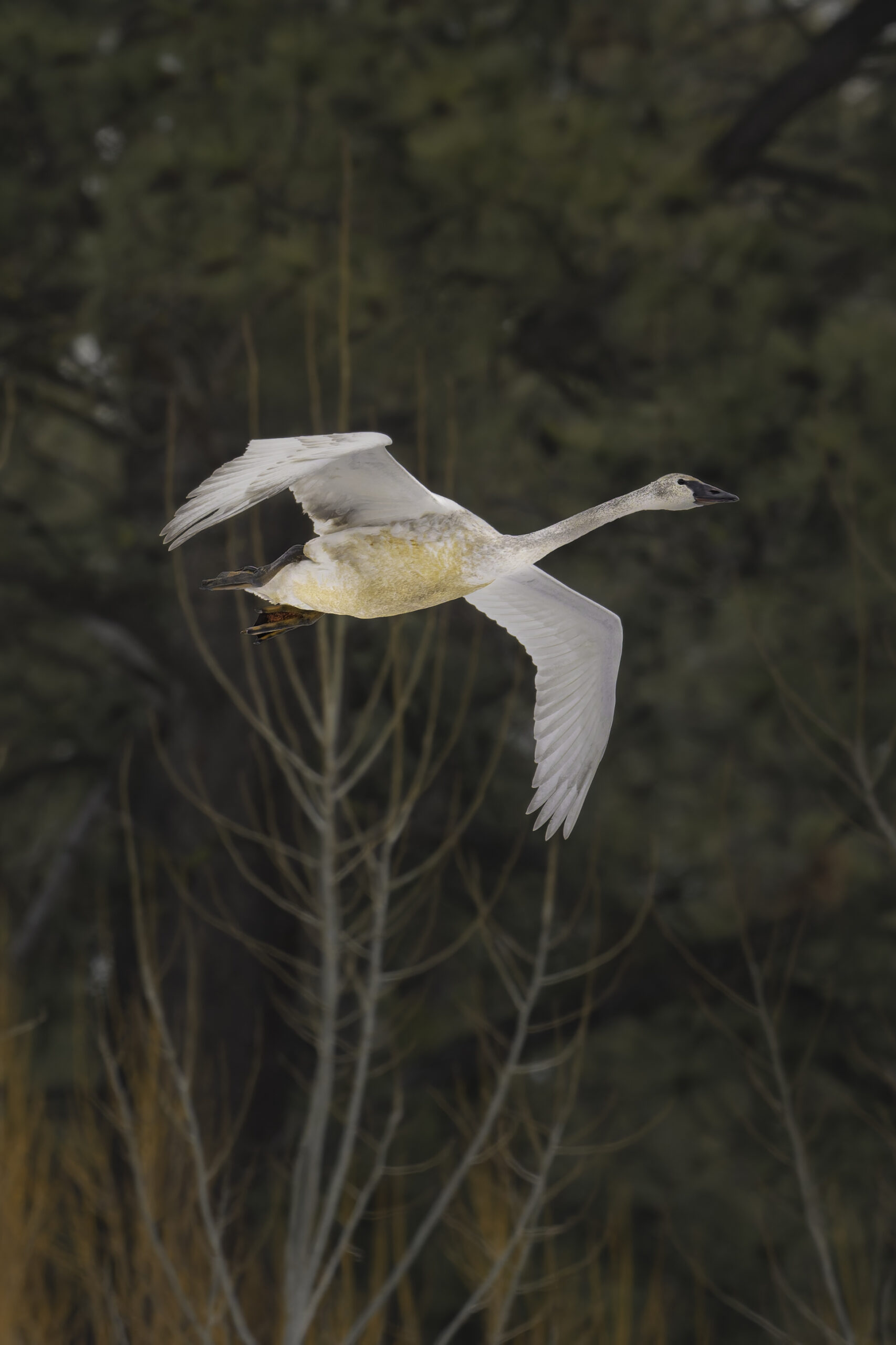
A Conservation Success Story
Similar to other birds with stunning plumage, swans were hunted to near extinction beginning in the 1600’s. Their feathers were used to adorn hats, their prized primary feathers were being dipped into inkwells by the wealthy, and women were using powder puffs made from their down to apply talc to their skin, which would sweat under all the layers of clothes they wore.
Trumpeter swans tend to build their nests on muskrat dens or beaver lodges, which typically gets them far enough from shore to avoid predation, while still remaining close to their food sources. They tend to use the same site every year. Muskrats and beavers were also being hunted for their pelts, along with Trumpeter swans. Nature has many threads, which aren’t always obvious until they get pulled apart. With the industrious rodent populations plummeting, the remaining swans were likely unable to find appropriate nesting places without their maintenance crew, which added to their precipitous decline in population.
In 1932, a National Park Service survey counted only 69 trumpeter swans at remote locations within Yellowstone National Park. Of course, they didn’t have eBird naturalists helping scientists with counts back then, but it was believed only about 2,000 Trumpeter swans remained across all of North America, with the majority of them located in remote sites in Alaska. This was a striking decline, considering even after the Hudson Bay Company had been over-harvesting Trumpeters, there was still plenty for the settlers to hunt when they arrived.
Wildlife biologists work tirelessly to maintain habitats, create data sets that help define conservation goals, and do hard and time-consuming work, like collect, raise, and release Trumpeter swans. I don’t think it’s very often that biologists get to witness the amazing results the teams who worked on Trumpeter conservation have. I am grateful for these biologists. Trumpeters were almost extinct and today the population is closer to 63,000!
Present Day Conservation Threats to Trumpeter Swans
Despite their conservation success, the people who helped bring back the Trumpeter populations are warily celebrating their conservation accomplishments. Despite swan hunting being banned in most states, the ones that do allow it, like Utah, have reported high numbers of inadvertent Trumpeter Swan mortalities, which have shut down the swan hunts early. Sadly, reported incidents of illegal poaching are still occurring, despite legal protections from the Federal Migratory Bird Act of` 1918.
The Trumpeter Swan Society mentions mortalities from Trumpeters colliding with power lines, but so far, I haven’t found numerical data besides sporadic news articles documenting incidents. I’m sure the data is out there and when I come across it, I’ll link it to this article. Power companies have been adding reflectors to power lines as new science becomes available to them, and local conservation groups are also raising money to enable faster implementation of these deterrents. I know our local Audubon chapter is working to help site windmills, so I imagine they are also working on this but it deserves looking into further.

Without Wetlands, There’s No Birds
The importance of wetlands can not be overstated as critically important habitat for many species, which includes the Trumpeters. Besides their habitat properties, wetlands act as surface water storage banks that allow water to slowly refill aquifers or slowly evaporate back into the atmosphere, which helps to prevent drought. Without wetlands, the repercussions are grim for all of us.
The Clean Water Act protects wetlands from development, though it still hasn’t been 100% successful at meeting the goal of “no net (wetland) loss”, it has saved many wetlands from being lost to development. The Trump Administration is trying to reinterpret the Clean Water Act by implying the Act has overreached by including wetlands in it’s protection. This short-sighted policy change would impact waterfowl habitat, lower the amount of available drinking water in our system, and encourage bigger flood events. Conservation and strengthening of migration corridors and wetland conservation depends on humans making sound development decisions that avoid draining wetlands or encouraging human encroachment into these important habitats, all of which lowering the impact of the Clean Water Act will encourage.
The high-quality wetland habitats and protected lands found at Turnbull are essential to the continued success story of these beautiful swans. It is important for the public to understand this and support public acquisitions of properties along the Pacific Flyway for this purpose and for governments to offer enticing financial incentives for conservation easements on private property.
Lead is still a merciless assassin for waterfowl, including Trumpeter swans. Lead shot has been banned since 1991, but birds are still ingesting lead either from new shots fired or rounds unrecovered from past hunts. Researchers are teaming up with hunters to help understand the regulations because they are confusing and change with locations, even within the same State. Trumpeter swans not only may find remnant lead shot on land, they may also find lead remnants from fishing tackle in the shallow lakes and ponds where they rest and feed. The lead sinks into the muck where they inadvertently consume it, along with surrounding aquatic plants. In Washington, it’s apparently illegal to use certain sized lead sinkers in specific lakes to prevent this type of poisoning from occurring, but it is obviously impossible to clean the lakes of all lead used in the past and not all lakes have signs when it’s use is prohibited. More work needs to happen in this area. If you are fishing, it’s just common sense to avoid using lead, as there are many alternatives.
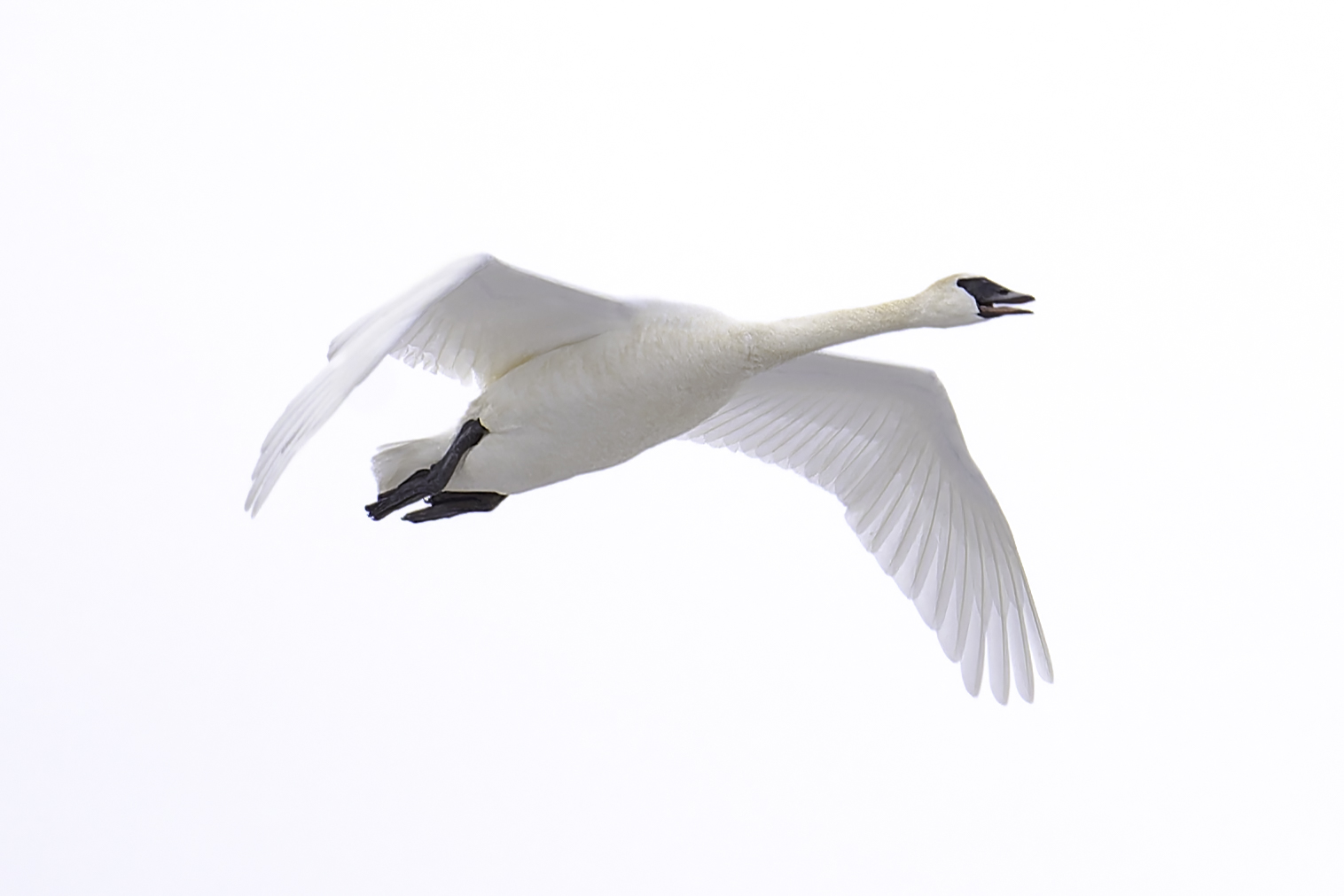
The Importance of the US Fish and Wildlife Service
Many employees of the US Fish and Wildlife Service (USFW) recently fired by the Department of Government Efficiency (DOGE) are at the heart of protections necessary for species like the Trumpeter swans. USFW provides the law enforcement protection necessary to hold poachers accountable and employs the highly educated and dedicated scientists such as biologists, geologists, ecologists, etc., who create the necessary data used by policy makers to not only make laws for species and habitat protections, but also to justify budgets and fund essential grants for necessary research and continuation of successful projects. Without USFW employees on the ground providing the physical labor to maintain fencing, carry out prescribed burns, set up bird nesting boxes, etc., the important government agency is effectively rendered helpless to do more than the bare essentials of their organization’s mandate. As of this writing, some personnel were to have been reinstated for at least 45 days but have not received official orders to that effect or certainty of their long-term job status.
Our National Heritage is our wildlife and the habitats they depend on. These are the legacies we leave behind for future generations. If you are able, volunteer for organizations that are building habitats, educating others, completing surveys, etc. or donate funds to non-profits organizations and raising money for what’s needed on the ground and for the never ending policy fights we will need to participate in if we are going to protect these majestic birds and the habitat they depend on.
Volunteering is Fun!
I hope you join me in volunteering at your local National Wildlife Refuge this Spring. If you’re local, contact Ranger Josh Contois to help pot 6,000 bare root trees and shrubs to be used for future habitat restoration projects on the Refuge. If we all work together and support our local Wildlife Refuges, maybe one day you too will experience the magic of coming across a flock of Trumpeter Swans.
